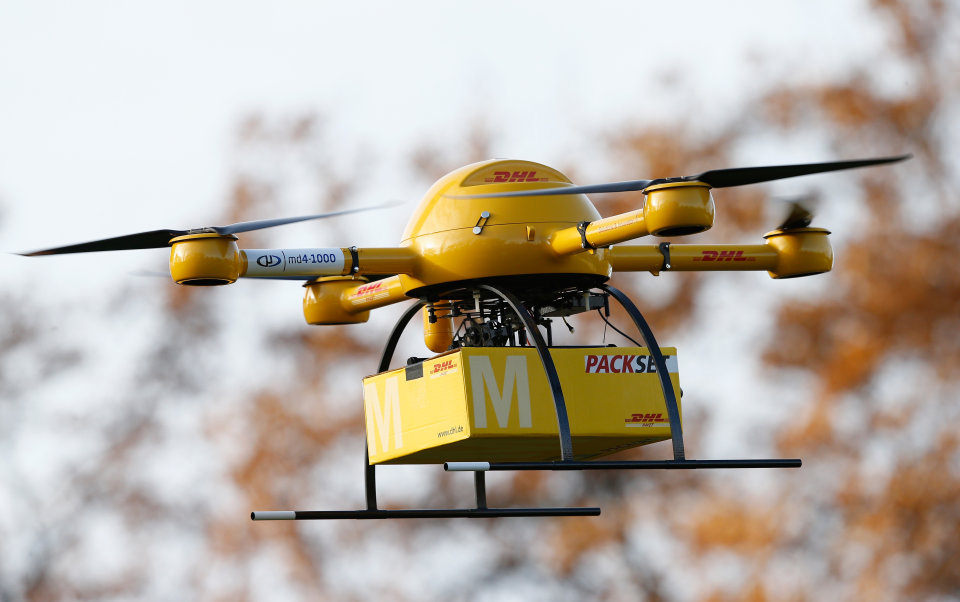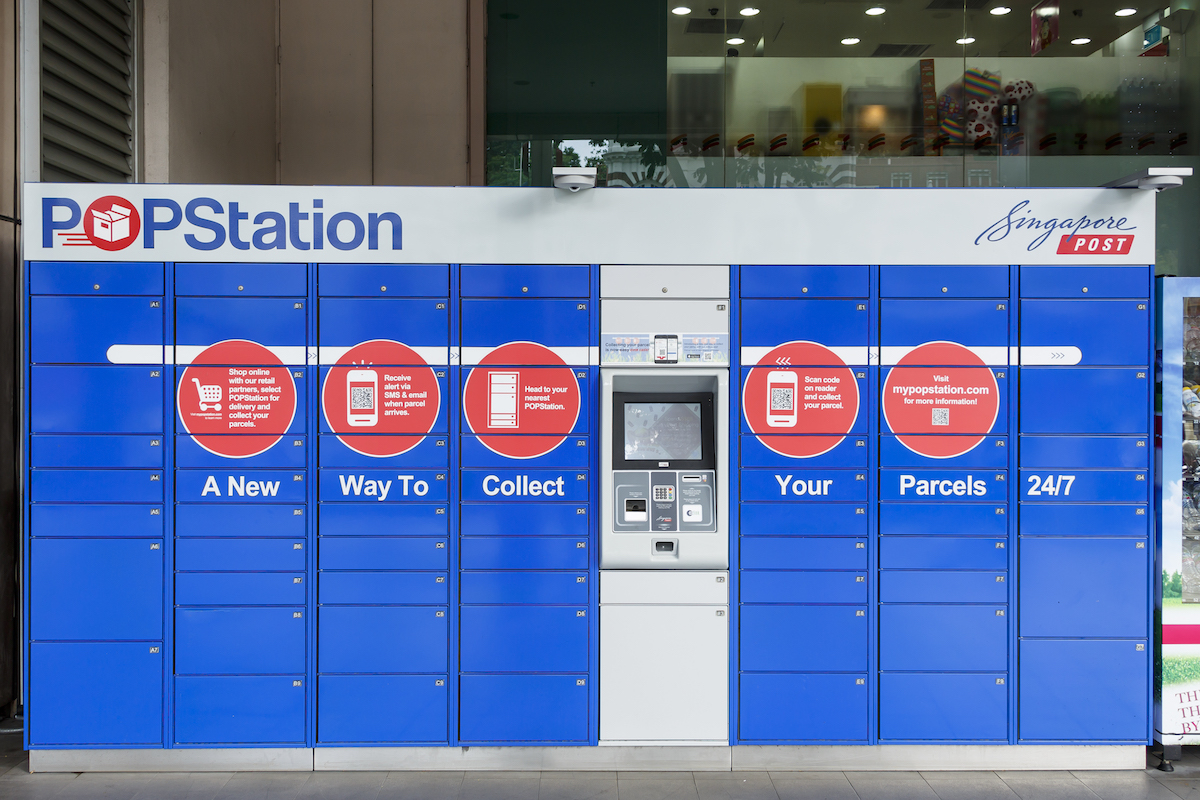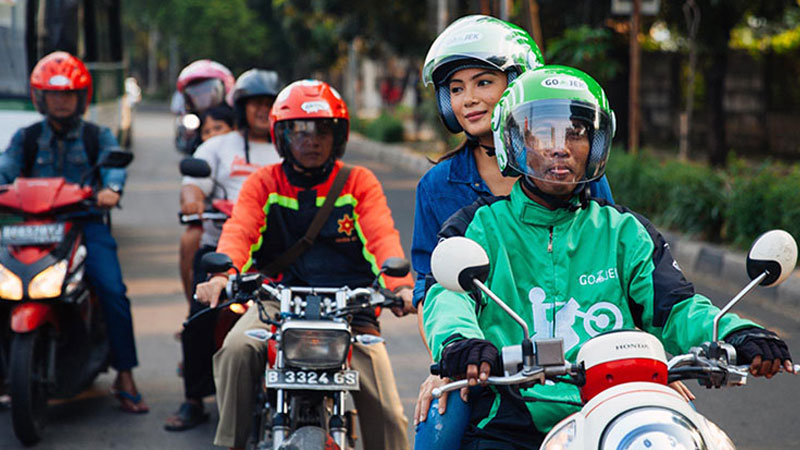
Image credit: Sam Churchill.
SingPost, Singapore’s national postage service, was lauded for successfully transforming into a logistics firm. But it’s hardly the first or the biggest. That honor belongs to DHL, which, with a massive US$66 billion in revenue in 2015, makes SingPost look tiny.
Now, the German giant is raising the stakes in the ecommerce logistics battle in Southeast Asia, the home ground of SingPost and other competitors like Ninja Van and aCommerce.
“We want to become a true enabler for the smallest companies to the very largest ecommerce players,” Charles Brewer, the globe-trotting CEO of DHL eCommerce, tells Tech in Asia.
While the US, China, and India have been its three “must-win” markets, it’s increasingly focusing on Southeast Asia.

Charlies Brewer, CEO of DHL eCommerce.
In January this year, DHL eCommerce established a beachhead in Thailand by launching a last-mile fulfilment service, which is basically the stage where an item leaves a warehouse and reaches the consumer’s doorstep.
Naturally, Charles talked up its progress in the country. “The demand is beyond our expectations; way ahead of our plans,” he says, without disclosing specific numbers or any of its customers.
DHL estimates that the Thai market sees about 150,000 parcel deliveries a day, while Malaysia and Vietnam have about 105,000 a day each.
DHL is now deciding which Southeast Asian nation to enter next. “The upside of ecommerce in Southeast Asia is enormous.” Charles adds that while ecommerce forms about five percent of total retail sales in Singapore, it’s more like two percent in the rest of the region.
Massive scale
DHL eCommerce’s advantage over other players is its size, he says. DHL eCommerce is just one of four divisions at DHL. The parent company has a global footprint and every type of logistics service you can think of: picking and packing, supply chain management, last-mile delivery, as well as air and ocean freighting.
“If you are a marketplace and you’re based in Singapore and you’re doing business across 25 countries, you don’t want to have to choose carrier X for country one, carrier Y for country two, and carrier Z for country three,” he says.
No one has cracked the code to last mile fulfilment.
Technology is another area where DHL wants to be seen as a leader. It has innovation centers in Germany and Singapore where it’s piloting new solutions provided by third-party tech companies. These trials cover everything from robotic arms to aerial drones to augmented reality glasses to big data analytics.
Finally, it balances its global focus with localized strategies for each market. Charles himself isn’t a stranger to Asia’s diversity. He spent two years in the Philippines and three years in Malaysia – amongst other cities in America and Europe over his multi-decade career at DHL.
No one has cracked the code to last mile fulfilment, says Charles, and that’s because there isn’t one solution that’ll work everywhere.
DHL aims to figure out which solution to implement in each country, and doing that involves a lot of trial and error. Thailand’s a good example. On top of next-day delivery, DHL will allow consumers to pick time slots for the arrival of their goods.
It has realized that choice matters to consumers, who want to choose how they receive their goods. As a result, it’s developing parcelshops in Thailand, which are locations in retail spaces that allow people to send or receive parcels.
Charles is also looking into deploying lockers in the rest of the region. Lockers allow users to collect their items simply by scanning a barcode. The locker containing the parcel then opens, and all this is done without human intervention.

Image credit: Wikimedia.
Sure, SingPost has mindshare among consumers with its own lockers, called PopStations. But DHL is hardly a stranger to the idea, having deployed “PackStations” in Europe back in 2001. It’s likely the logistics firm will eventually employ a mix of lockers and parcelshops throughout Southeast Asia, depending on what consumers prefer.
Charles thinks lockers will work in Singapore because users prize efficiency and are more comfortable dealing with machines. In the Philippines, however, consumers want to go to parcelshops to have a conversation.
Security matters in the deployment of lockers. In areas where safety is a concern, an untended locker is like an open bank vault.
Different strokes
Parcel collection is just one area which demands different solutions depending on the consumer’s location. DHL also has to decide what delivery vehicles to use.
Two-wheelers like bikes are low-cost and agile, which means they can weave past congestion in cities like Manila or Jakarta. However, they can’t carry as many goods as vans or trucks. So, deploying bikes effectively could mean building more depots around the city so that delivery staff can shorten their travel time.

Indonesian startup Go-Jek is turning its bikes into a logistics network. Photo credit: Go-Jek.
It also has to decide whether to build out its own infrastructure or acquire smaller logistics companies as it expands in the region. Acquisitions seem unlikely, though. “Generally speaking, the current valuations of most companies are hugely inflated,” he says.
DHL’s rising focus on Southeast Asia will certainly light the fire under SingPost, its closest analogue in the region, as well as competitors big and small like Ta-Q-Bin, Go-Jek, and Ninja Van. While DHL eCommerce declined to name its clients, Charles says that all the big online marketplaces are its customers, and there are only so many of them.
While DHL eCommerce declined to name its clients, Charles says all the big online marketplaces are its customers, and there are just a handful of them. Various news reports have mentioned its partnerships in China with JD, Amazon, and eBay. While it doesn’t do last mile deliveries in China, it handles parcels traveling out of the country.
Last-mile is a brutal space for players with insufficient scale – witness how Singapore’s Zyllem closed its delivery operations despite raising US$10 million in funding, which is sizable for a startup.
While last-mile isn’t as competitive in Southeast Asia as in India and especially China (where deliveries cost only about US$0.50 each, subsidized by abundant investment money), things could turn hot, only to cool because of tough unit economics. It’s possible consolidation can happen once venture capital dries up.
By then, DHL may not find valuations as inflated.
DHL’s revenue converted from Euros. US$1 = €0.89.
This post DHL is set to shake up ecommerce logistics in Southeast Asia appeared first on Tech in Asia.
from Tech in Asia https://www.techinasia.com/dhl-ecommerce-logistics-southeast-asia
via IFTTT
No comments:
Post a Comment